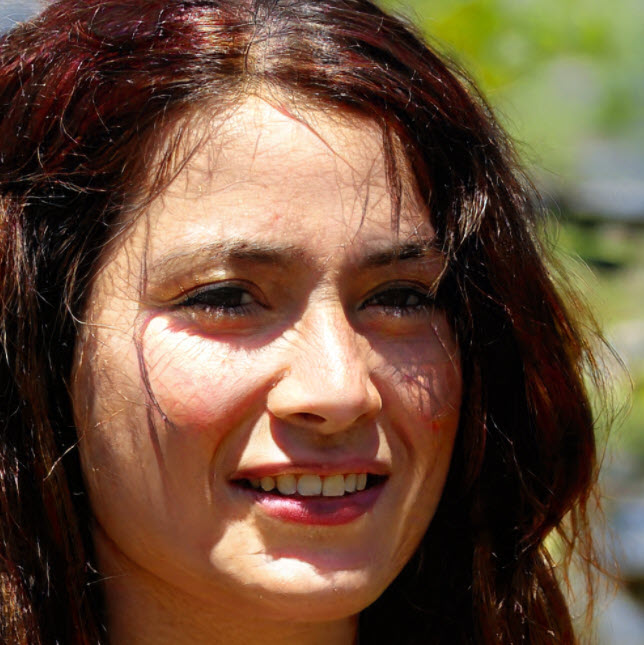Unlocking Your Olympus TG-6's Hidden Potential: How to Change Aperture
The Olympus Tough TG-6 is an advanced digital camera that offers a wide range of options for taking photos. With its ability to change the aperture, you can get creative and take stunning photographs with precise exposure control. With this article we will explain how you can easily adjust your aperture on the Olympus Tough TG-6 so that you’re able to capture beautiful images in any situation – from landscapes and portraits to macro photography. So if you're ready, let's learn more about changing the aperture on your Olympus Tough TG-6!
Overview of the Olympus Tough TG-6
The Olympus Tough TG-6 is a highly advanced, durable digital camera perfect for the outdoors. It comes equipped with many features that make it great for capturing beautiful photos no matter where your journey takes you. One of these features includes adjustable aperture settings; this allows you to better adjust depth of field and brightness in different lighting conditions. Adjusting the aperture on an Olympus Tough TG-6 is simple and easy once you understand just a few basic steps.
How to Find the Aperture Setting in the Menu
Finding the aperture setting on the Olympus Tough TG-6 camera can be a bit tricky if you’re not familiar with how to access its menu. To do so, first switch your mode dial from “Auto” to one of the other modes such as Aperture Priority or Manual; this will bring up an adjustment wheel near the shutter button that allows you to set different exposure settings. From here, press down and then select ‘Menu.’ Scroll through until you find an icon depicting two overlapping circles - this is where your aperture controls lie! Adjusting it will depend upon which shooting mode you have chosen in step 1 – options range between f/2.0 (wide angle) and f/8 (telephoto). Once within these pages make sure to explore all available functions before continuing onto another section of their MENU system thus making it possible for easy adjustments when needed during photography sessions with ease!
How to Adjust the Aperture Manually
Using the Olympus Tough TG-6 camera, adjusting the aperture manually is a simple task. To start, use your right thumb to push and hold down “Fn1” on your camera's back wheel while using your left index finger to rotate the wheel until you reach “A” for Aperture Priority Mode. Then use either of two command dials located beneath this wheel (one with raised dots around its perimeter) to adjust how wide or small an opening would be in relation to light entering into lens - wider opening produces more depth effect and more obscure background, but has less shutter speed; smaller openings provide higher amount of sharpness that increases at closer distances. To determine what value should be used for specific situations it is best consult user manuals provided by manufacturer along with distance ratings from other photographers as reference points so one can make sure their shots are perfect as possible!
Troubleshooting Tips If You're Having Trouble Adjusting the Aperture
If you’re having trouble adjusting the aperture on your Olympus Tough TG-6 camera, there are a few troubleshooting tips that may help. First, make sure the mode dial is set to either A (Aperture Priority) or M (Manual). If it isn't in one of these two modes then it won't allow adjustment of any settings as they're automatically adjusted by the point and shoot options. Next be sure to check out if any functions like scene selection or Auto ISO might prevent manual control of aperture being available. Additionally double check all buttons are correctly working and not stuck - some users have experienced getting their ring stuck resulting in no adjustment capability even when switching between automatic/manual modes. Finally give playing around with different metering patterns a try such as spot metering versus evaluative metering which could affect how much light comes into your photos so changing them can also influence how well you adjust aperture manually .
Conclusion
Now that you know how to change aperture on the Olympus Tough TG-6, you should be able to take excellent photos with your new camera! All of the troubleshooting tips provided in this blog post will help ensure that you don’t encounter any issues when making adjustments. Experimenting is key - find what works best for each photo and adjust accordingly. Don't forget practice makes perfect too! With enough knowledge and experience, taking great images is truly within reach.
